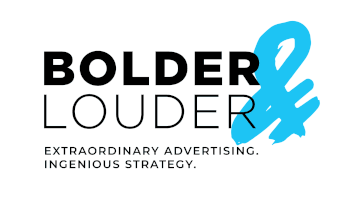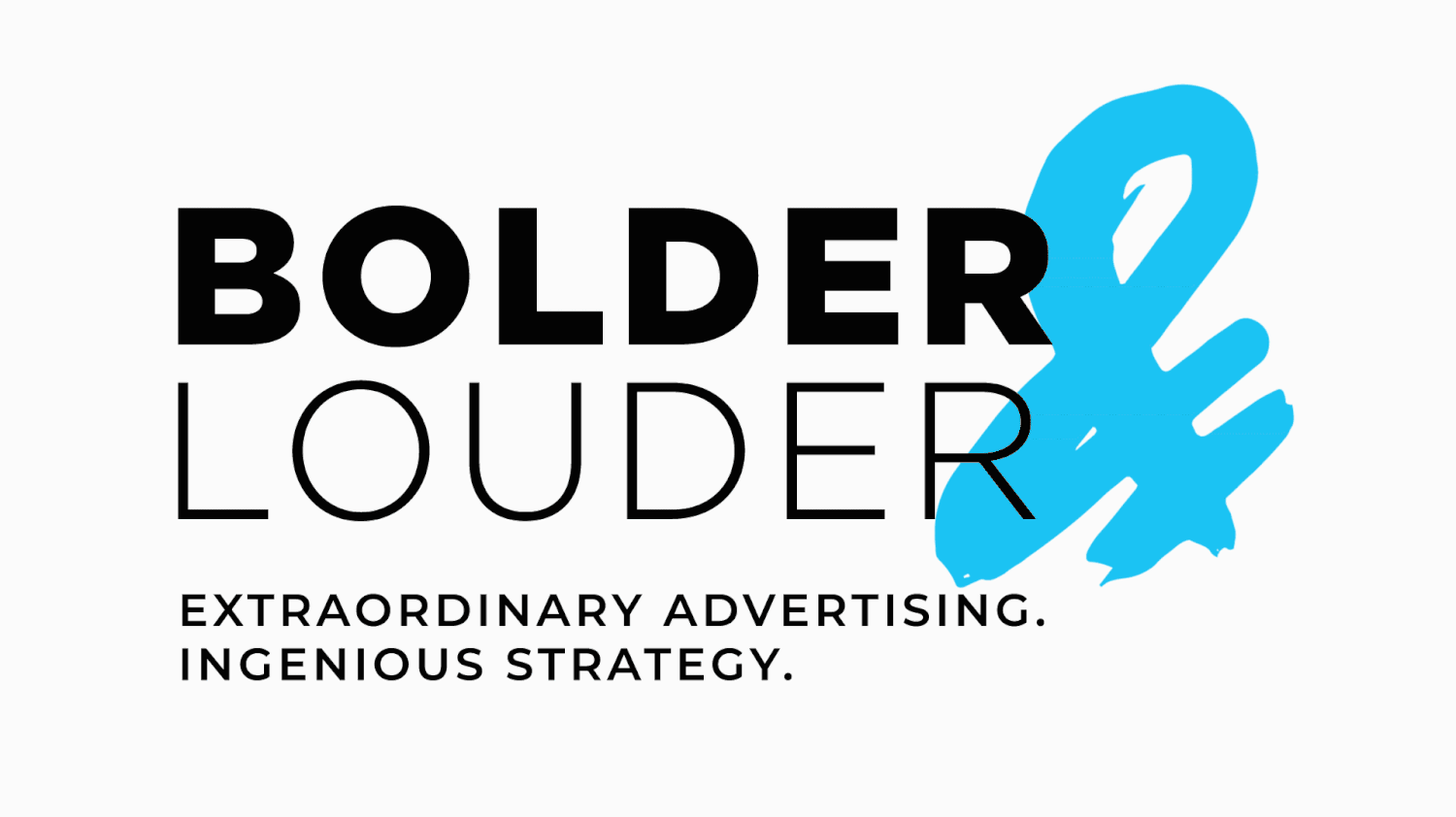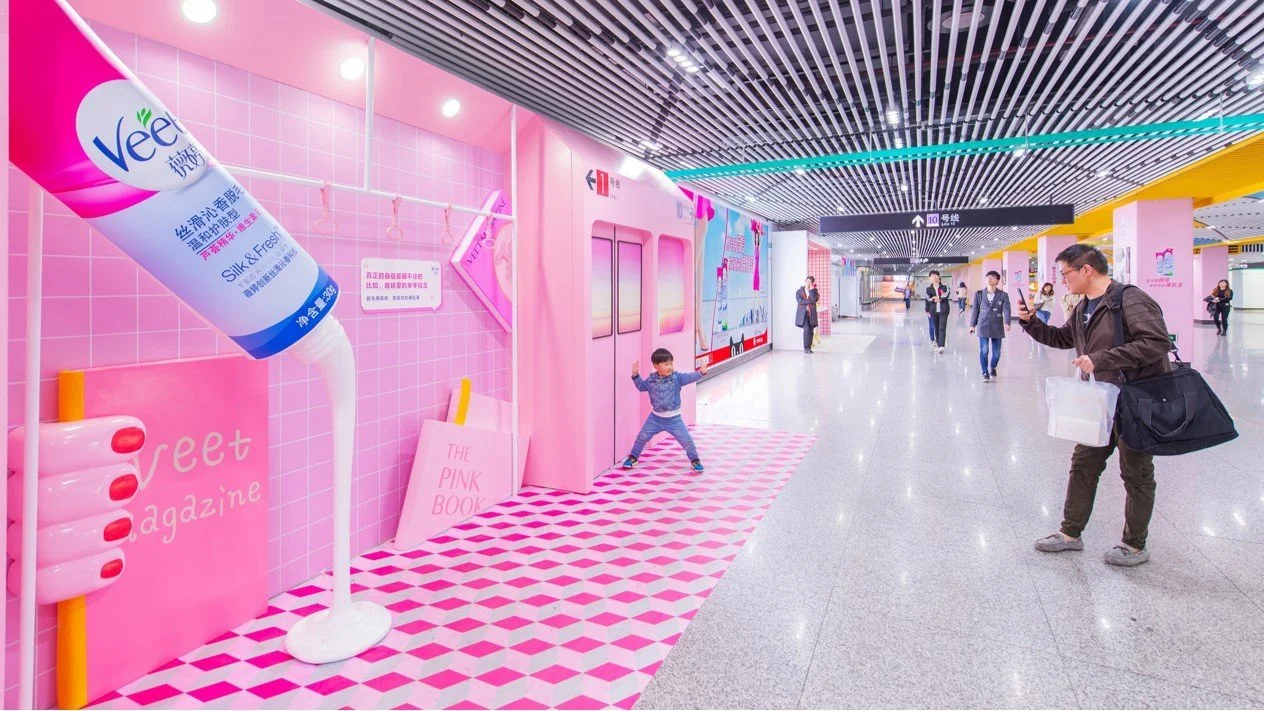How To Make People Want What You Sell
The other day I was scrolling through a business magazine and a short article caught my eye about Chinese women and their “body hair issues.”
Intrigued, I read on.
Turns out Chinese women don’t have body hair issues; at least they didn’t until the company behind Veet hair removal cream decided to launch their product in China.
Unfortunately for Veet, sales were sluggish. The product was considered too expensive and their American-sized squeeze bottles too big.
The biggest problem though? Most Chinese women have very little body hair and those who do didn’t worry about it.
So the company pivoted its marketing strategy.
It started rolling out ads equating hair-free skin with beauty, health, confidence and “shining glory.” In the process the company has made every Chinese woman more conscious of every stray follicle.
By “educating” its customers and encouraging “fuzz phobia,” Veet remains the fastest growing brand in China for its parent company Reckitt Benckiser. Hair remover sales in Asia are rising 20% annually, almost double the rate of women’s razor blades.
This marketing strategy of getting women to focus on their perceived flaws is not a new one. Actually it’s about as old as the hills, but here’s the reason it’s so effective (not just for women – but for everyone).
We all base our buying decisions on how an ad, promotion or product makes us feel. Not on what it will do for us.
As human beings we are all hard wired to want the same things - better health, more money, great popularity, improved appearance, praise from others, more comfort, more leisure time, a happy life.
If your marketing can whip people into a lather by appealing to one of these deep desires – you’re gold.
It makes no logical sense for Chinese women (who are possibly the least follicly challenged among us), to become the fastest growing users of hair removal cream.
Chinese women are not buying based on whether this makes logical sense. They’re buying because of their desire for an improved appearance and happy life. They want to feel beautiful by buying the product.
This isn’t just a woman thing either. Men buy the same way.
Think about your neighbor down the street who goes out and buys himself a new Chevy Silverado truck, fully loaded.
He tells himself that it’s because the truck has extremely good towing capacity and a long truck bed and it will be a safe ride for the family. But his real decision to buy is an emotional one – he loves the way this big new truck makes him feel. Tough. Strong. Powerful.
He likes getting the approval of his friends and neighbors who nod admiringly as he drives past. He loves the excitement on his kids’ faces as they climb into the cab and ogle at his massive tires, the shiny new buttons and heated leather seats.
The take-away for your business is this: To really create powerful marketing, you need to supercharge your messaging with emotion – not logic. At the end of the day, as human beings, we all want the same things: To feel good about ourselves and to be happy.
If people aren’t getting excited about buying your product or service, it’s likely not because of anything other than that you’re marketing to them the wrong way. Emotionally charged marketing is the fastest way to “manifest” desire. That’s the real trigger that gets people to buy.
As Mark Twain said, “There’s two reasons a man buys anything. The reason he’ll give you… and the real reason.”




